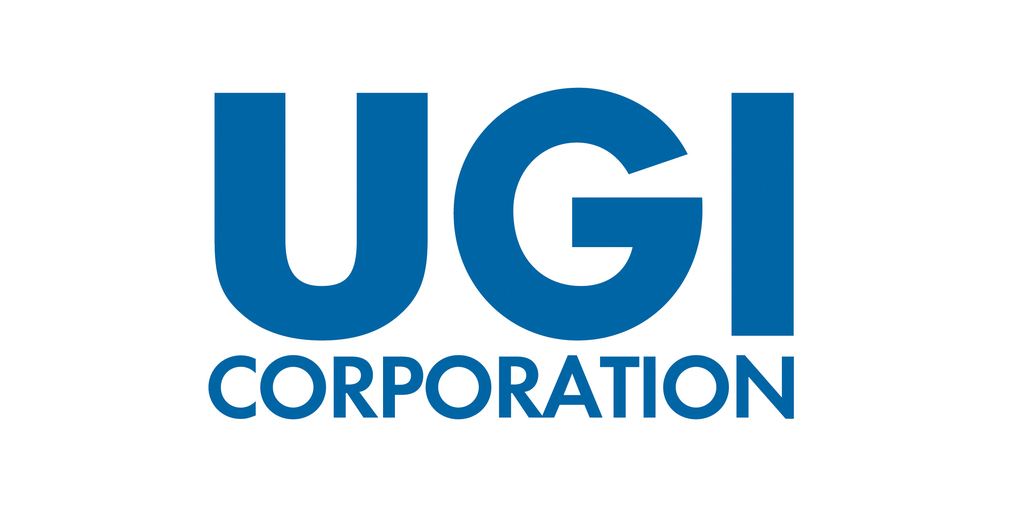When Swedish state-owned miner LKAB discovered the world’s largest rare earth metal deposit in 2022, MSALABS was there to give its stamp of approval. But at first technicians were astounded by the find’s size.
“The initial results appeared to be abnormally high,” MSALABS CEO Stuart Thomson said this month. “But our team’s expertise and adherence to quality control procedures proved they were correct, confirming one of Europe’s most significant discoveries.”
The Per Geijer deposit near Sweden’s most northern town, Kiruna, holds more than 1 million tonnes of rare earth metals resources. Demand for the elements is forecast to grow fivefold by 2030, according to the European Commission. The metals are needed across most modern tech gadgets and defence systems.
The work by MSALABS highlighted the importance of multi-element analysis in exploration programs where the complete spectrum of elements in samples can be identified, even where some may not be the original target. It can be a critical factor when the West is attempting to source its own rare earths and diminish China’s dominance.
Now, MSALABS is turning to expansion in North America where it has a US$145-million, five-year contract with the world’s largest gold producer, the Nevada Gold Complex run by Barrick Gold (TSX: ABX; NYSE: ABX) and Newmont (NYSE: NEM; TSX: NGT). The analysis company is promoting a centralized lab concept there for geologists to reduce turnaround time and save money. It will use three PhotonAssay units to serve the site’s 12 open-pit and 10 underground mines.
PhotonAssay
MSALABS, whose global customer roster also includes Teck Resources (TSX: TECK.A/TECK.B; NYSE: TECK), Hecla Mining (NYSE: HL) and Kinross Gold (TSX: K; NYSE: KGC), was the first to offer the patented PhotonAssay analysis in Africa and Canada. It is rapid and more precise than the traditional fire assay process where there’s risk of contamination and gold loss.
PhotonAssay, developed by Australia’s national science agency, CSIRO, then spun out into Chrysos Corp. in 2016, fires x-rays at atomic nuclei to analyse samples for gold, silver and copper. The process uses a bigger sample, up to 500 grams or at least 10 times larger, than fire assays. MSALABS calls it a much more representative sub-sample.
The non-destructive process means samples can be kept for further testing. It uses half as much energy as fire assays, eliminates toxic lead waste, emits less carbon dioxide and significantly cuts labour costs. It gives results in minutes instead of days or weeks.
Turnaround time is critical for process plant managers and geologists exploring fresh sites or old mines, MSALABS says. They depend on timely data for efficient and effective decisions.
“As an early adopter of PhotonAssay, we saw the numerous benefits it offered immediately, in particular the reduced turnaround time and application for nuggety gold,” Thomson said. “While the technology was initially seen as a novelty, it has evolved from a niche process to a mainstream application.”
MSALABS began using PhotonAssay at Barrick’s Bulyanhulu gold mine in Tanzania in 2021. It has installed nine units across operations in Canada and Africa and intends to deploy 21 units globally by next year, making it by far the largest provider of the technology. Barrick is replacing its fire assay setups globally with 11 PhotonAssay units under agreement with MSALABS.
“Our work at their Bulyanhulu laboratory has demonstrated the benefits of obtaining data much faster to guide critical decisions, as well as having analysis results that are much more representative of in-ground gold quantities by analyzing a larger 500g sample,” Thomson said. “It has also shown the potential for using this technology across other commodities, specifically silver and copper.”
The right tools
MSALABS also uses DetectOre as a rapid, in-field system, close to the sample source which is particularly handy for remote programs. It enables the geologist to quickly make decisions regarding the ground’s prospectivity.
The company’s geochemical laboratory services include x-ray fluorescence and precious metals analysis by fire assay. It does inductively coupled plasma (ICP) mass spectrometry and ICP optical emission spectrometry, ways of measuring the light given off by elements to determine what’s in a sample. The company offers biogeochemistry, hydro-geochemistry, metallurgical sample analysis and mineralogical services. It also designs, builds and manages laboratories.
It has a global network of 27 laboratories in key mining regions including Canada, the United States, Latin America, Africa and Europe. Other clients include Canada’s largest gold producer, Agnico Eagle Mines (TSX: AEM; NYSE: AEM), Victoria Gold (TSXV: GCX), the Yukon’s only gold producer, and successful East Coast explorer New Found Gold (TSXV: NFG; NYSE-AM: NFGC).
Labs can also be found at Barrick’s Kibali gold mine in the Democratic Republic of Congo, Kinross’ Tasiast gold mine in Mauritania and Shanta Gold’s (LSE: SHG) Singida gold mine in Tanzania.
MSALABS has recently completed its newest laboratory in Marsa Alam, Egypt, supporting the renaissance of the Egyptian mining industry. The next facility will be just on the other side of the Arabian Nubian shield at the Jabal Sayid mine, a joint venture by Saudi state mining company Ma’aden and Barrick.
“The Arabian-Nubian Shield located primarily in Egypt and Saudi Arabia is highly prospective and underexplored,” Thomson said. “The increasing attention is timely as the shield’s geology can yield elements the world needs to decarbonize.”
The preceding Joint Venture Article is PROMOTED CONTENT sponsored by MSALABS and produced in co-operation with The Northern Miner. Visit: www.MSALABS.com for more information.

.jpg)
.jpg)